Eight hidden biblical gems in Israel you may have never heard of – and you must see
Off-the-beaten-path sites to add to your Holy Land itinerary

For the last two years, the soundtrack that accompanies a walk down the streets of Jerusalem, Tel Aviv and other Israelis communities includes Hebrew and some Arabic, spiced with a bit of Russian and Amharic – the languages which represent the mosaic of our population.
However, travelers to Israel have been absent and, along with them, the sounds of English, French, Spanish and Portuguese. How sad.
And yet, as 2022 is beginning, I wish to offer some optimism as the borders slowly open up again. I hope that the streets will soon be filled again with languages from around the globe.
For those planning to visit (or return) to the land of the Bible, I wanted to share some off-the-beaten-path sites that you may not know. If you have been to Israel in the past and are looking for new adventures on your next trip, or if you just miss our beautiful land, here are some recommended favorites:
Western Galilee – Akko (Acre) Crusader Castle and Templars Tunnel
Because succeeding powers could not demolish the Crusaders’ underground labyrinth of tunnels, visitors today can still enjoy touring many of the subterranean passageways. The Templars’ Tunnel is not to be missed, and the Crusader castle, called the Fortress of the Knights Hospitallers, showcases some of the finest Crusader architecture in the Holy Land.
The ancient tower, kitchen, refectory, dormitory, “Hall of Knights,” and even the Turkish bath make this a must-see site. Akko was one of the cities not ruled by the Tribe of Asher (Judges 1:31). The Apostle Paul’s ship arrived at Ptolemais (ancient Akko) and stayed there for a day while he was completing his third missionary journey (Acts 21:7)
Lower Galilee – Beit Netofa Valley
Today, the Israel Water Carrier channels its open canal through Beit Netofa Valley, but in antiquity, the vale served as a major passageway for travel from Tiberias to Akko. This beautiful east-west valley connects the Sea of Galilee to the Jezreel Valley by way of the Shimron Pass. In Jesus’ day, Beit Netofa was called the Plain of Asochis. The valley used to have swamps with reeds, and the name “Cana” means “reed.” Josephus identified the town of Cana, where Jesus did His first miracle, as being in this valley (Life, 16:86, 207; see also John 2:1-11). The Mekorot Eshkol Visitor Center allows guests to learn about the water purification process.
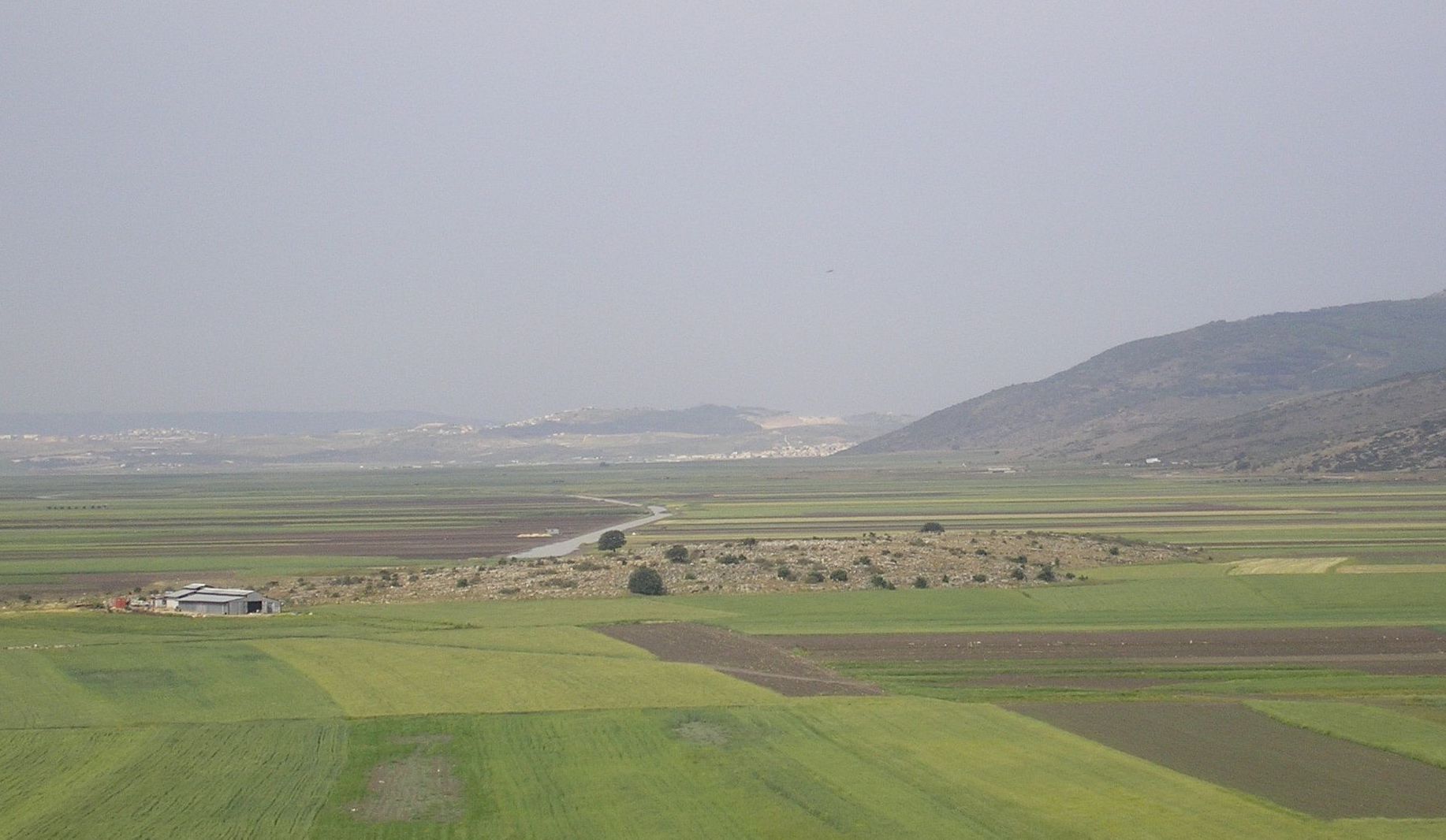
Lower Galilee - Mount Gilboa/Jebel Fuku’a
The modern mountain range called Jebel Fuku’a is known in the scriptures as Mount Gilboa, its name preserved in the designation of the village Jelbon. Originally allotted to the tribe of Issachar, Mount Gilboa witnessed a number of battles. At its base, at Ein Harod, Gideon’s army drank water before facing the Midianites just opposite them in the Harod Valley. Mount Gilboa’s primary focus in the Scriptures appears as the location of King Saul’s death, as well as that of his three sons (1 Samuel 28:4, 31). In the springtime, beautiful flowers and verdant forests grace its slopes.
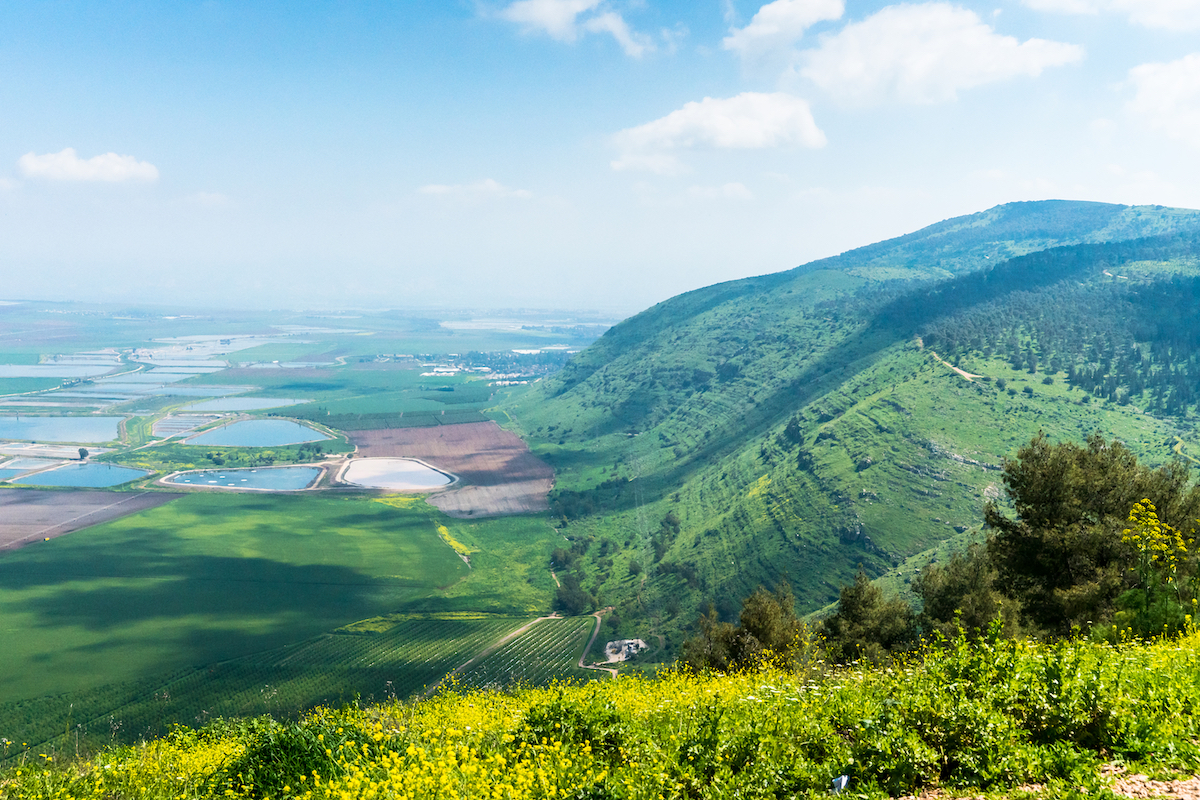
Mount Hermon – Golan Heights
On a clear day, the snowcapped peaks of Mount Hermon can be seen for miles. Its sheer beauty has inspired the worship of both the godly and the pagan, with more than 20 ancient temples located in the area. The highest peak in Israel—at almost 7,300 feet—the Hermon serves as the country’s only ski resort. Hermon also has an off-road cycling park, a cable car, numerous Druze villages that offer authentic black coffee and picturesque views year-round.
The scriptures picture Hermon as a metaphor of majesty, blessing, and beauty (Psalm 89:12; 133:3; Song of Solomon 4:8). With Caesarea Philippi at its base, Mount Hermon is most likely the “high mountain” on which Jesus experienced His Transfiguration (Matthew 16:13; 17:1).

Judean hills – Nebi Samwil
The site’s name mistakenly marks the tomb of the Prophet Samuel. The panoramic view from the rooftop gives one a commanding view of the Central Benjamin Plateau—a strategic plain where a large portion of the Old Testament narratives occurred. Nebi Samwil may be what the Bible refers to as “the great high place” at Gibeon. If so, this is where God appeared before King Solomon, and where he asked God for wisdom (1 Kings 3:4-9).
The Crusaders first saw Jerusalem from Nebi Samwil on their march to the Holy City in July 1099. Hasmonean, Byzantine, and Mamluk ruins surround the hill today.
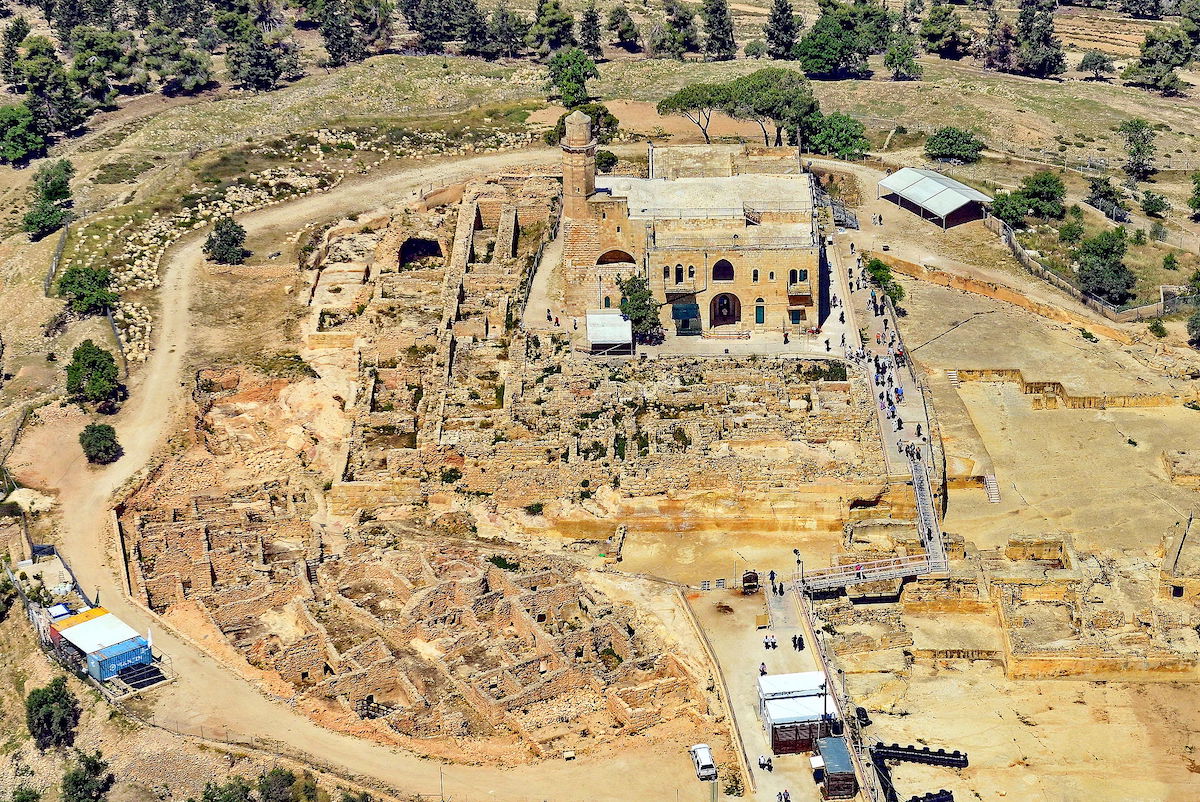
The Negev – Tel Beersheba
The city’s name means, “Well of the Seven,” or “Well of the Oath,” named after Abraham and Isaac's conflicts with the locals over the rights to water—the Negev’s most precious commodity (Genesis 21:25-34; 26:26-33). The phrase, “from Dan to Beersheba,” delineated the practical north-south borders of ancient Israel (Judges 20:1; 2 Samuel 24:2; 1 Kings 4:25).
Some of the Jews returning from the Babylonian exile resettled in Beersheba (Nehemiah 11:27-30), and following the Statehood of Israel in 1948, Jewish immigrants resettled the area again. Today, modern Beersheba is the fourth-largest city in the nation. An ancient horned altar, from the time of Josiah, was discovered in Tel Beersheba (it rests today in Jerusalem’s Israel Museum). Visitors can observe the remains of a typical Israelite four-room house, a pillared building used as stables, and a set of large, circular stairs leading underground to a major water system.
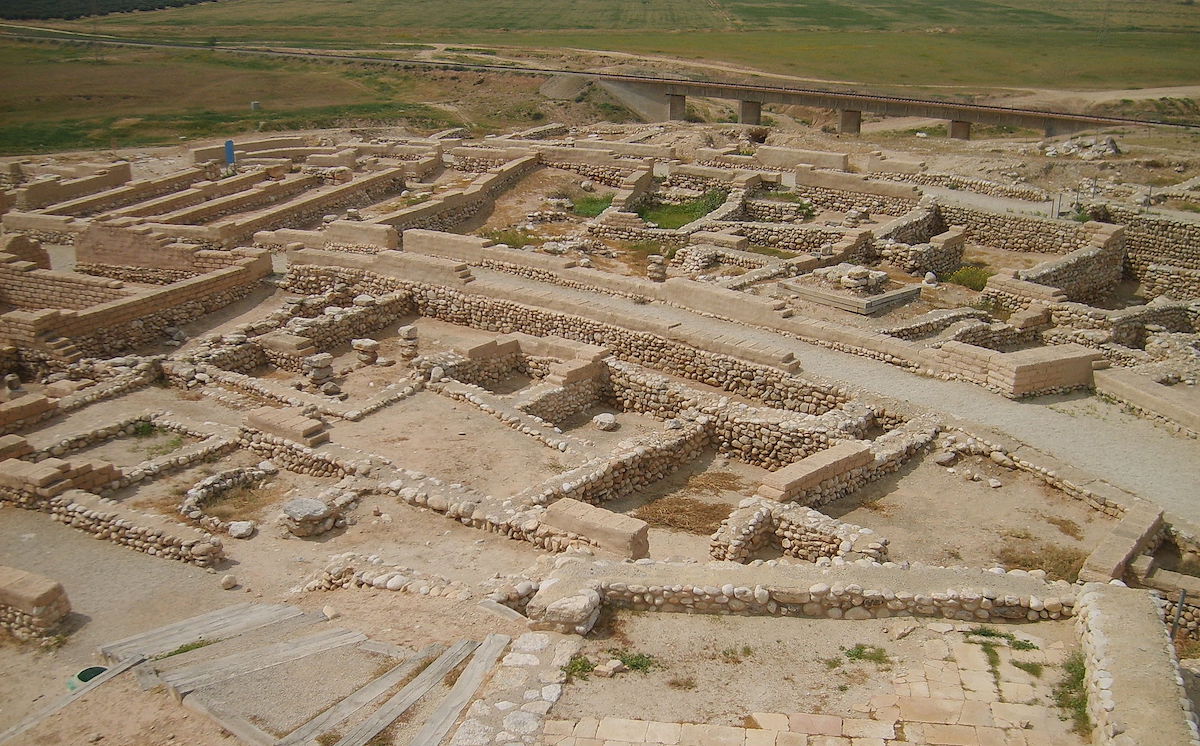
Arava – Ein Hatzeva/Tamar
Archaeologists have connected the site of Ein Hatzeva with biblical Tamar, the Iron Age city that dates back to the 10th century B.C. King Solomon rebuilt Tamar, along with numerous other strategic sites (1 Kings 9:18). The ruins of the ancient fortress walls stand as high as 15 feet, and they were twice as high in Roman times when the city was called Tamara. Archaeological finds include incense altars, bowls and pedestals, chalices, stone statues, and numerous vessels, all of which could all be reassembled. This suggests their destruction was deliberate, and was likely a part of a spiritual reformation required by a king of Judah – perhaps Josiah (2 Kings 23:1-25).

Judean foothills (the Shephelah) – Tel Gezer
Gezer stood watch over the crossroads of the International Highway and the road to Jerusalem through the Aijalon Valley. Vast archaeological finds can attest to the strategic importance of this city in the days of the Old Testament. A massive defense tower and large wall from the Middle Bronze period (2000-1500 B.C.) guarded the city. The standing stones of Gezer date to this general era as well. The city likely fell as a result of Thutmose III’s invasion around 1477 B.C., just prior to Joshua entering the land.
The Bible’s statement that King Solomon built “Hazor, Megiddo, and Gezer” (1 Kings 9:15) has overwhelming attestation at each of these sites – as they all have similar tripartite gates that date to Solomon’s day. Another important find occurred in 1908 with the discovery of the “Gezer Calendar,” a limestone agricultural tablet dating to Solomon’s time and representing the earliest example of Hebrew script. An enlarged replica can be found at Tel Gezer for visitors to see today.
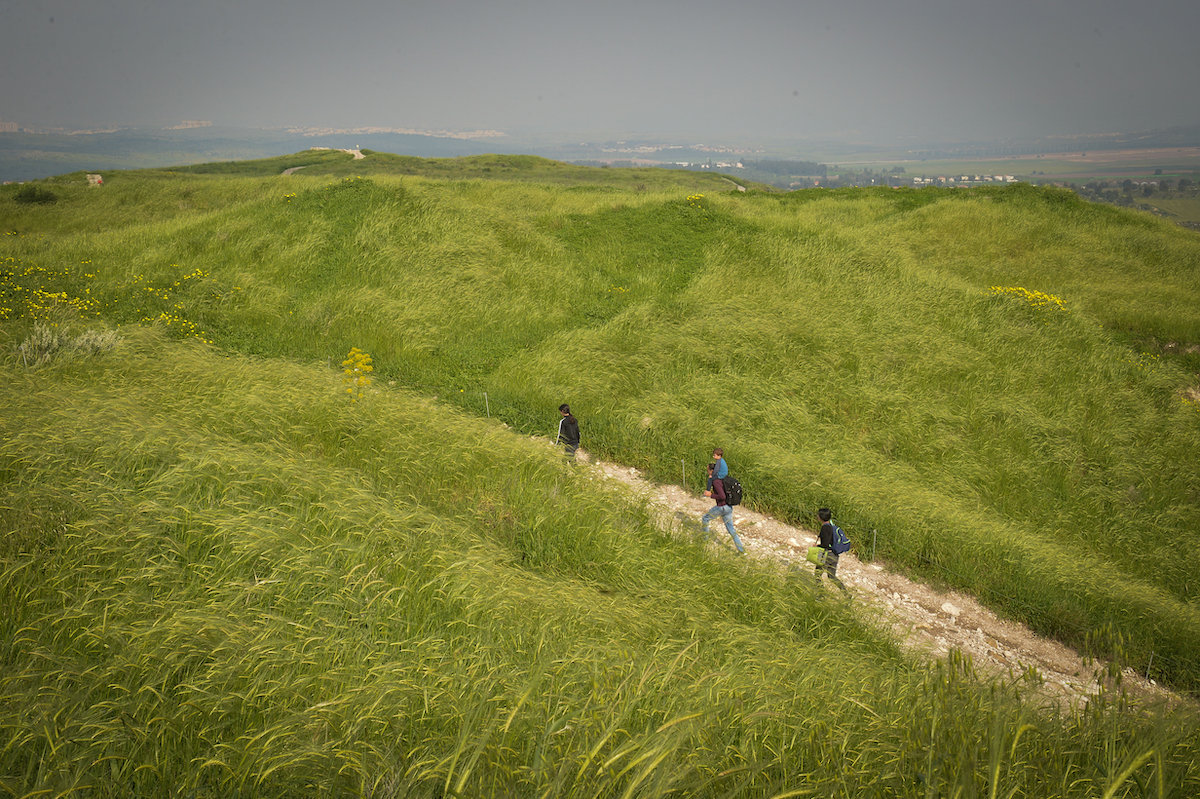

Uri Steinberg is a former Israeli Tourism Commissioner for North America, Israel Ministry of Tourism, and currently serves on the ALL ISRAEL NEWS advisory board.














